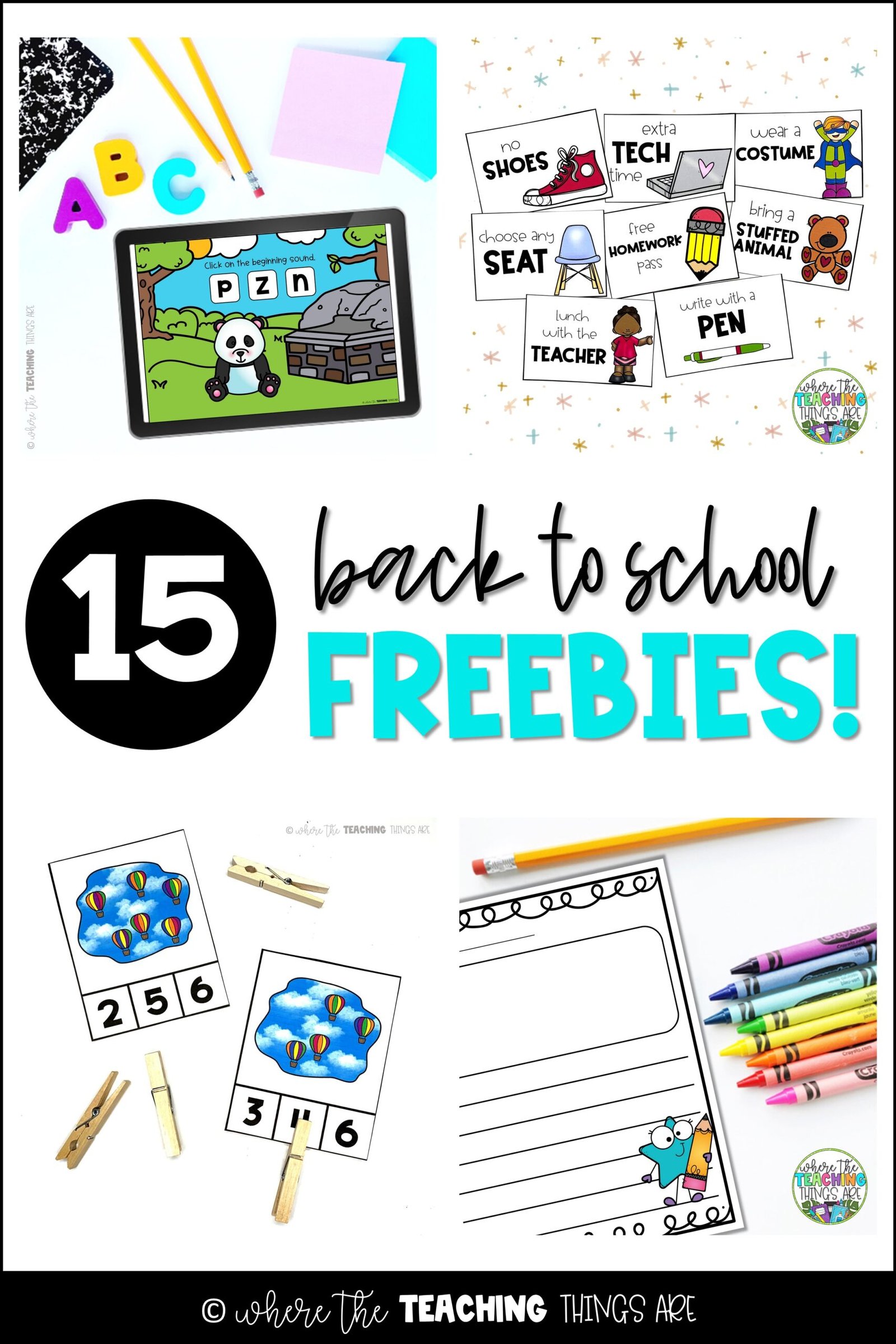I’ve always been a fan of centers and wanted to make sure I incorporated them into my own classroom. So when I was a first year teacher, I eagerly dove right in…unfortunately, without training my students like I should have. Sure, I explained what to do and I thought my instructions were clear…but let’s just say things didn’t go as I had envisioned. 😉
Since then, I’m happy to share that I’ve learned the art of setting up successful centers. And I’m so excited to share what I’ve learned!
These are the steps I take to train my students on the procedures for center time:
- Introduce the centers one at a time and model the expected behaviors for each one. I only introduce one new center a day to keep my kinder students from getting overwhelmed and confused. I make sure to give each group of students a chance to practice in the center before moving on to the next one.
- Once all the centers have been introduced, teach the class how to follow the center chart (if using one). I personally like to use a center chart, but I know a lot of teachers allow their students to choose their own center. If you use this approach, be sure the students know (and practice!) the procedures for choosing their center.
- Have the students practice going to centers and monitor them (instead of pulling small groups). I don’t pull small groups the first week I introduce centers. I use that first week (or two!) to circulate the classroom during center time and provide scaffolding and support as needed. *During this first week I don’t have my students rotate through centers yet. Which brings me to the next step…
- Teach the students how to rotate through centers. Once the students get the hang of going to centers for a week or so, we practice rotating. I show them how to refer to the center chart to know where to go. We typically have 2-3 rotations per day. I continue to circulate the classroom to monitor the students and reinforce the expected behaviors (instead of pulling small groups).
- Have the students go to centers and pull small groups. By this last step, I’ve established a solid foundation for centers and I’m able to pull small groups for guided reading while my students work independently in their centers! Woohoo!!
A few additional tips:
- Assign a student to be the “center helper.” (It’s one of my classroom jobs.) The students can go to him/her for help before coming to you while you’re working with your small group. This has been an effective strategy for minimizing interruptions.
- Don’t forget to review the procedures for cleaning up the centers! The center helper can also help with monitoring cleanup. 😉
Good luck! If you have any questions about centers, feel free to reach out anytime! I’d love to help! ~Tara
>> If you’re looking for some low prep, hands-on, FUN centers click HERE!




